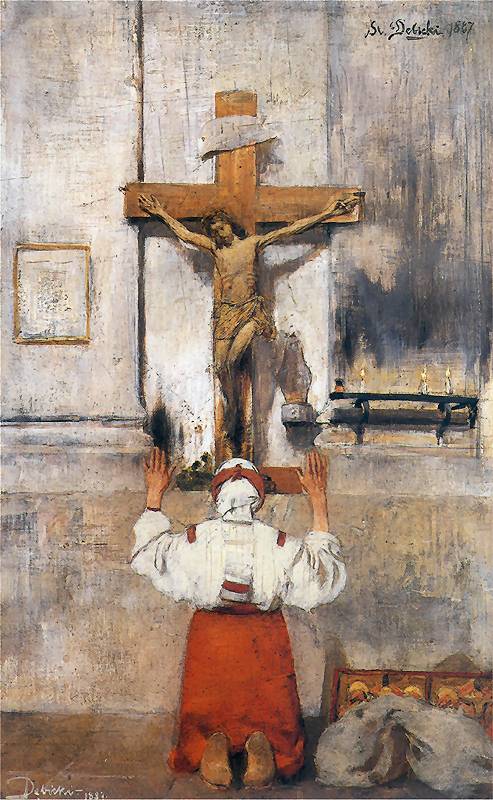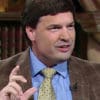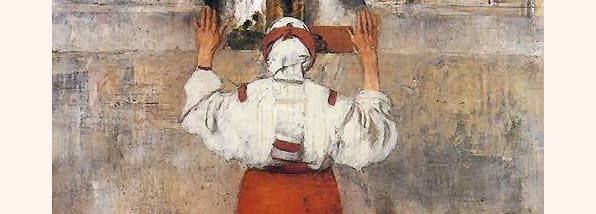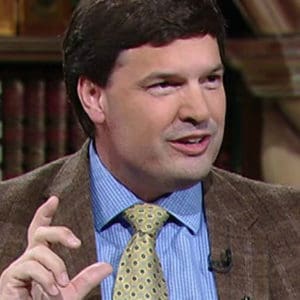Prayer and Orthodoxy
Dan Burke recently began posting a three part response, in the National Catholic Register, to a question about  false teaching on prayer. The question was how do we know when a teaching is false. The answer is not easy, but even in the very first part of his answer, Dan gets us pointed in the right direction. He identifies two key problems: one of collapsing the different expressions or degrees of prayer into each other and another of abusing religious jargon to cloak what really is not prayer at all but simply a natural mental exercise. Familiarity with these common problems goes a long way in helping us discern whether a teaching really is edifying for our life of prayer or whether it is distracting us from true devotion to Christ.
false teaching on prayer. The question was how do we know when a teaching is false. The answer is not easy, but even in the very first part of his answer, Dan gets us pointed in the right direction. He identifies two key problems: one of collapsing the different expressions or degrees of prayer into each other and another of abusing religious jargon to cloak what really is not prayer at all but simply a natural mental exercise. Familiarity with these common problems goes a long way in helping us discern whether a teaching really is edifying for our life of prayer or whether it is distracting us from true devotion to Christ.
There is another important tool for discernment that the truths Dan is pointing to rests upon. This tool is a kind of mirror for our soul that helps us meditate on what we really believe about God and what we really know about ourselves. This kind of knowledge provides a standard by which we can judge techniques and methods others propose to us. Because it helps us safeguard the truth both about ourselves and God, it provides the spiritual space needed for a real relationship with the Lord.
What is this spiritual treasure? It is the Symbol of Faith, the Creed. If any technique or method or program proposes to surmount this seal of the heart or to relativize this inestimable treasure in any way, it always falls short of the standard practiced by the great saints and teachers of prayer who have gone before us in the faith.
The beauty of the Creed, if it is understood well, is that it keeps the mystery of our faith alive. By living faith we have true access to God. We call the Creed a “Symbol” because what we profess is part of something greater and by professing this part, we lay claim to the whole. It is humbling. The Creed reminds us that in this life, we see by faith, dimly as in a mirror. Our profession of faith is also encouraging. It reminds us that what we see is just enough so that we might cling to the substance of our hope.
Most false teachings on prayer fail because these doctrines are too narrow, too restrictive. They want to explain away the mystery — claiming an experience that goes beyond what we know by faith. In one way or another, such false teachings always attempt to put God in a box — and the Living God does not admit of being pocketed away in some category where He is contained and controlled.
The beginning of the Creed opens us up to the inexhaustible mystery of God in the very first line. When we declare that we believe in “God the Father the Almighty,” we have already taken the most radical stand that one can take in human history. Before this primary truth every technique must bend its knee and every method must bow its head. It is daring to profess that we are sons and daughters of God. It takes great courage to take our stand with Him — because He is often so hidden.
No sentimental wish, by our profession of faith we are pledging our lives and sacred honor to live reliant on the loving goodness of God. It is a battle cry of love. To take our stand on this ground, we are choosing to live confident even in the disturbing disguise of crushing circumstances. To profess the Creed is to believe that He is triumphant over all heartrending difficulties that threaten us and those we love. To be Christian is to stand firm in this truth even in the face of death itself, for over death and sin we are declaring our independence when we say, “I believe in God.”
The errors that Dan points to his article are rooted in a fundamental lack of faith, a failure in orthodoxy. It is only in the integrity of our faith that we have the freedom to pray in truth — and without the truth we are subject to every kind of myth. This is why the great patristic authorities-the Fathers of the Church and the Doctors of the Church, as well as those they argued against — fought so strongly to preserve what we believe. They wanted us to know the freedom they knew. No hardship, no trial, no sacrifice, no struggle was too much. At the same time, the difficulties and persecution they suffered tested their prayer and witness to the authenticity of the Symbol they left for us.
The Symbol of Faith claims a fullness this world cannot hold. Three in One and One in Three — the mystery of the Holy Trinity cannot be surmounted by human industry or manipulated by cleverness. There are no shortcuts. The path of prayer is the way of the Cross — it is the path of unconquered love.
When we pray, we are plunged into pure ineffable mystery and our whole old way of life is submitted to Christ. We die with Him so that a new way of life is born in us and then renewed in always surprising, unrepeatable and unimaginable ways. Left to our own frail understanding, we cannot see the immensity of the love in which we are enveloped. But the Church entrusts to us a symbolon, a part of the truth we will only fully know in the life to come. It is enough for us. By it, we boldly claim the eternal life offered us by the Risen Lord.
The Creed is the spiritual seal, our heart’s meditation and ever present guardian; it is, unquestionably, the treasure of our soul. St. Ambrose, Catechism of the Catholic Church (CCC), 197.
Art: Modlitwa, Stanisław Dębicki, 1887, PD-US copyright expired, Wikimedia Commons.




